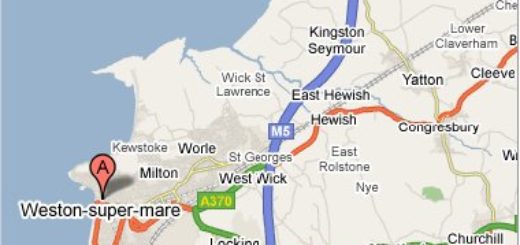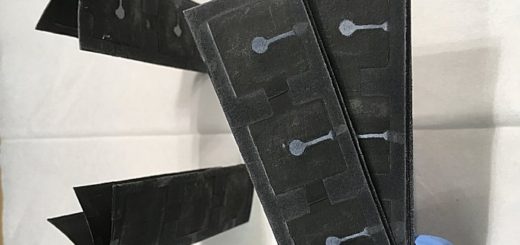Probing the Undersea Dead Zone Known as the Hot Tub of Despair

A few billion years ago, much of this planet was totally uninhabitable by today’s standards. The sweet, hospitable green Earth we know and love used to be a crazy quilt of hot and cold spots, and extreme environments notable for brutally high acidity, low oxygen, unlivable chemical compositions or crushing pressure. These days, though, we thankfully have to seek out the places where only the toughest organisms survive. When we find one, we marvel at its hostility, chuckle over its complete inability to sustain life. We come up with adorable monikers for them like “volcano” and “Detroit.” (Sorry, Detroit.)
Well, go ahead and check that Holocene Epoch privilege, because we keep finding places on this planet that don’t care about your sweet, precious organism needs. The latest of these special places to capture our popular imagination has been amusingly nicknamed “The Jacuzzi of Despair.”
The deadly hot tub, discovered and filmed last year by a team of researchers and described in a recent report in the journal Oceanography, is a brine pool that sits on the seafloor of the Gulf of Mexico, beneath 3,300 feet (1,006 meters) of water. This super salty “lake,” that kills any crab or isopod that happens to fall in (check out the video at the top of this article), acts like any body of water on land, with a shoreline and waves that ripple over the top of it when its waters are disturbed. The only differences are:
1) Most terrestrial bodies of water don’t contain a tepid, unholy cocktail of dissolved methane, hydrogen sulfide and extra-salty water that instantly poisons any animal that ventures into it. We do have some of those up here on land, but somehow they don’t seem as insidious.
2) Terrestrial lakes have bottoms. This subaquatic Boschian hellhole does not, so far as anyone can tell.
And the Jacuzzi of Despair isn’t the only brine pool out there. In fact, they form in oceans all over the world.
“When geologic fluids migrate through thick deposits of salt deposited millions of years ago as the result of ocean basins shallowing and evaporating, the fluids dissolve the salt, become super salty,” says Scott Wankel, a marine chemist at the Woods Hole Oceanographic Institution, and a crew member of the Nautilus, the vessel that explored the brine pool in 2015 with a robot submarine called Hercules.
This salty “brine” is much denser than regular seawater, so when it emerges on the seafloor it doesn’t automatically mix in. Because it’s about four times saltier than the water in the ocean, it’s much denser, so it pools on the seafloor in lakes, and even forms flowing rivers. A similar phenomenon observed in Arctic waters has been called both a brinicle and, more excitingly, an icy finger of death. Here’s another video of the brine pool, this time showing a fish flirting with its deadly border:
“The migration of these fluids is often associated with petroleum deposits, so many of the Gulf of Mexico brine pools also carry lots of natural gas and petroleum,” says Wankel.
Although deadly to any sea life that might happen into it, the Jacuzzi of Despair has a beautiful shoreline spangled with lacy yellow and red mineral mineral deposits. About 100 feet (30 meters) in diameter, it rises 12 feet (3.7 meters) off the bottom of the ocean, the edges reinforced by beds of mussels that use the bacteria in their gills to convert the dissolved gasses pouring over the rim of the pool into energy. It’s all very strange.
“The seafloor is vastly under-explored — we know far more about the surface of the moon than we do about our own ocean,” says Wankel. ” Every chance we get to explore the seafloor opens up new and exciting perspectives on how life has adapted to these extreme environments, and how life persists under such conditions.”



 Creators of mankind
Creators of mankind Description of “Tall white aliens”
Description of “Tall white aliens” Where they came from?
Where they came from? About hostile civilizations
About hostile civilizations The war for the Earth
The war for the Earth “Tall white aliens” about eternal life
“Tall white aliens” about eternal life Video: “Nordic aliens”
Video: “Nordic aliens” Aliens
Aliens Alien encounters
Alien encounters The aliens base
The aliens base UFO
UFO Technology UFO
Technology UFO Underground civilization
Underground civilization Ancient alien artifacts
Ancient alien artifacts Military and UFO
Military and UFO Mysteries and hypotheses
Mysteries and hypotheses Scientific facts
Scientific facts


















